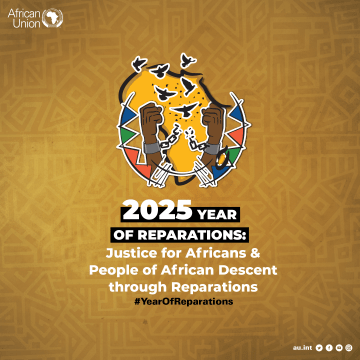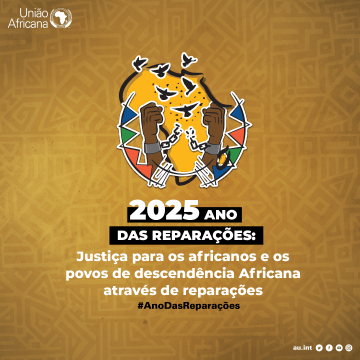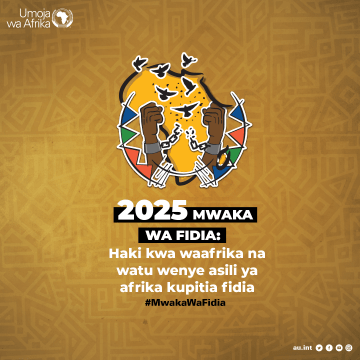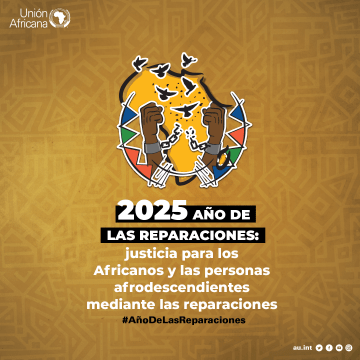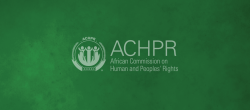.I N T R O D U C T I O N
1. The Republic of Côte d'Ivoire (RCI) is situated on the Gulf of Guinea in West Africa. It is bordered to the northwest by Mali, to the northeast by Burkina Faso, totheeast by Ghana, to the southwest by Liberia, to the west-northwest by Guinea andtothesouth by the Atlantic Ocean. It has a surface area of 322,462 km². Itsofficial language is French.
2. According to the General Population and Housing Census (GPHC) conductedbythe National Institute of Statistics (INS), as of 15 May 2014, Côte d'Ivoirehadapopulation of 22,671,331, with a fertility rate of 3.46 children per womanandaliteracy rate of 43.27%. Its density is 76.2 inhabitants/km². Life expectancy is 56.4years with a population projected by the INS to reach 25,800,000 in 2019, of whom51.7% are men and 48.3% are women.
3. There are more than sixty ethnic groups organized into four major linguistic families: the Krous, the Voltaic, the Mande and the Akan. In addition to these different national ethnic groups, there are communities from various states and continents. Côted'Ivoire has 5.5 million non-nationals, i.e. about 24% of the total population. Thecohabitation and the mixing of cultures are what make the country a placeof cultural diversity par excellence.
4. The secular nature of the State has made it possible for various religions toflourish. The main ones are Islam, Christianity and Animism.
5. Economically, Côte d'Ivoire belongs to the West African Economic andMonetaryUnion (UEMOA) whose currency is the CFA franc. The Gross Domestic Product (GDP) of the Ivorian State in 2017 stood at 29,955 billion CFA francs (51.6billionUSD), with a real economic growth rate of 7.4 percent. Côte d'Ivoire's Gross National Income in 2017 was 29,061.3 billion CFA francs ($114.5 billion 2017 PPPdollars)and its Gross National Income per capita reached 1,166,701.4 CFA francs ($4,597.92017 PPP dollars).
6. The Ivorian economy is essentially based on agriculture. Nevertheless, theindustrial and service sectors are gradually expanding. Both nationals andnon-nationals are active in these different areas of activity.
7. Côte d'Ivoire is a unitary State with a presidential regime. After gainingindependence on 7 August 1960, the country was ruled by a single party beforetheadvent of a multiparty system in 1990. Today, it has a multitude of political parties, the main ones being the Parti Démocratique de Côte d’Ivoire (PDCI-RDA), Rassemblement des Républicains (RDR), Front Populaire Ivoirien (FPI), l’Unionpourla Démocratie et la Paix en Côte d’Ivoire (UDPCI) and Mouvement desForcesd’Avenir (MFA).
8. New political parties and groups as well as political platforms haverecentlyemerged: - Ensemble pour la Démocratie et la Souveraineté (EDS); - Rassemblement des Houphouëtistes pour la Démocratie et la Paix (RHDP) - Coalition for Democracy, Reconciliation and Peace (CDRP); - Générations et Peuples Solidaires (GPS).
9. La Côte In Côte d'Ivoire, the democratic principle of the separation of powersisrespected. Its Constitution defines the organization and functioning of thesepowers. Thus, the President of the Republic is elected for a five-year termby direct universal suffrage. He can be re-elected only once. He chooses the Vice-President of theRepublic 1 , in agreement with the Parliament (Article 55 new of the Constitutional Lawn°2020-348 of 19 March 2020).
10. The President of the Republic defines and conducts the policy of the nation, theimplementation of which is entrusted to a government teamheaded by aPrimeMinister, Head of Government.


